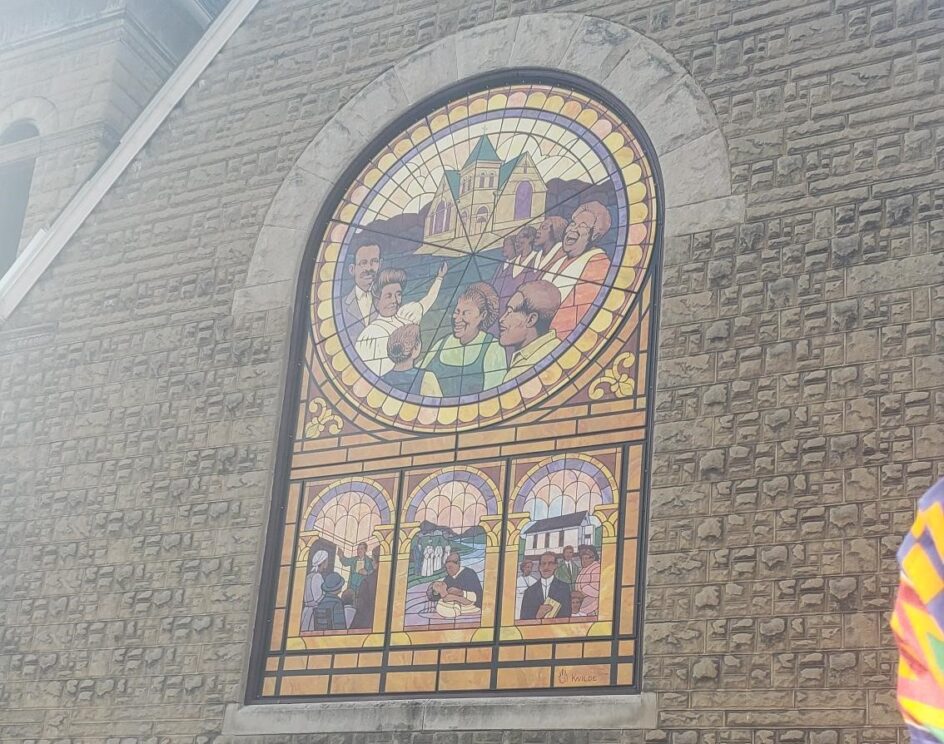By Alex Corpuz
On Juneteenth this year, I made a trip to Athens, Ohio, to see the unveiling of a mural depicting the history of the founding of Mount Zion Baptist Church. Now the Mount Zion Black Cultural Center, the former church is a prominent landmark for the Black community of Athens County. The mural—painted by community members and displayed in the window of the grand sandstone building—replaces the church’s stained-glass windows, which have been removed for preservation.
After an amazing, crowded ceremony in the hot June weather, I spoke to Dr. Trevellya Ford-Ahmed, Emerita Professor of Communication/Media Studies at West Virginia State University and the Communications/Media Director for the Center, who spearheaded the inception of this project.
Why should everyone know about Mount Zion?
Dr. Tee: It is an important piece of southeastern Ohio history that has not been told, even here.
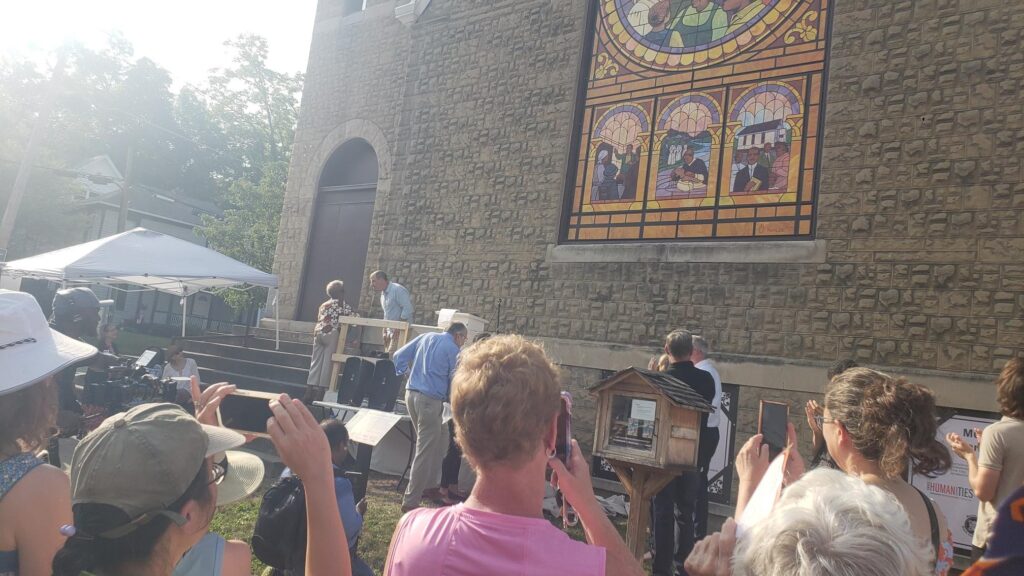
We have created what has become known as the Heritage Square Tour, highlighting buildings significant to Athens’ Black community. While some structures have been demolished, others dating back to the 1800s still stand. Mount Zion is the cornerstone of this tour, complemented by sites like the Southeast Ohio History Center and the former Berry Hotel site. There’s also an important building on OU’s campus. After guiding OU students on this tour, one young man expressed his frustration upon returning to the center. He lamented, “I’m from this area, a graduate of Alexander School District, and I was unaware of this history. It’s disheartening to realize that such remarkable events occurred in my hometown, and I was oblivious. Why didn’t I know about this stuff?” The sentiment resonated with the other 50 students, who nodded their heads in agreement. I responded, “Perhaps your teachers were also uninformed, as this history hasn’t been taught as part of the curriculum. We’re endeavoring to correct that wrong right now, to let you know how important this area was to so many people.”
What is the origin of this project, and how did you get involved?
I became involved with the project about six or seven years ago via Ada Woodson Adams, the president of the Mount Zion Baptist Church Preservation Society. Upon my retirement from WV State University, I returned to my home here in Athens and received a knock at the door. Ms. Ada introduced herself, and she said, “Hello, I hear that you’re so and so and, we need you on the blah blah blah. It was as simple as that!” That would have been around 2018. And I immediately became involved in saving and restoring the building.
Could you say more about the mural project?
Once we had the stained-glass windows removed and the wooden plugs put in the window cavities, it occurred to me, “What would go on those plugs?” It’d be nice to have something to look at beside that big burgundy piece of plywood. I had worked with cinematography professor and filmmaker Kingsley Lims Nyarko on a docuseries called Black Wall Street Athens, which premiered a couple of years ago at the Athena Cinema. I believe it was he who said, “Well, you could put the history there.” I said, “Yes! Tell the story of how the church began through public art.”
So, I contacted muralist Kieth Wilde, whom I had known earlier when he was contemplating a mural project in West Virginia, and I said I intend to submit a grant to get money for you to narrate Mount Zion’s history on those plugs. They’re going to be there for the next two years while the church is being restored.
And so, I started writing the proposal. The Ohio Humanities grant guidelines resonated with me, especially considering we have two distinguished historians on our team, along with Ada-Woodson Adams, a cultural-bearer and natural historian through her connection to Mount Zion. Additionally, conversations with an Ohio University history professor and an expert in African art history provided the impetus I needed—and then I was off and running.
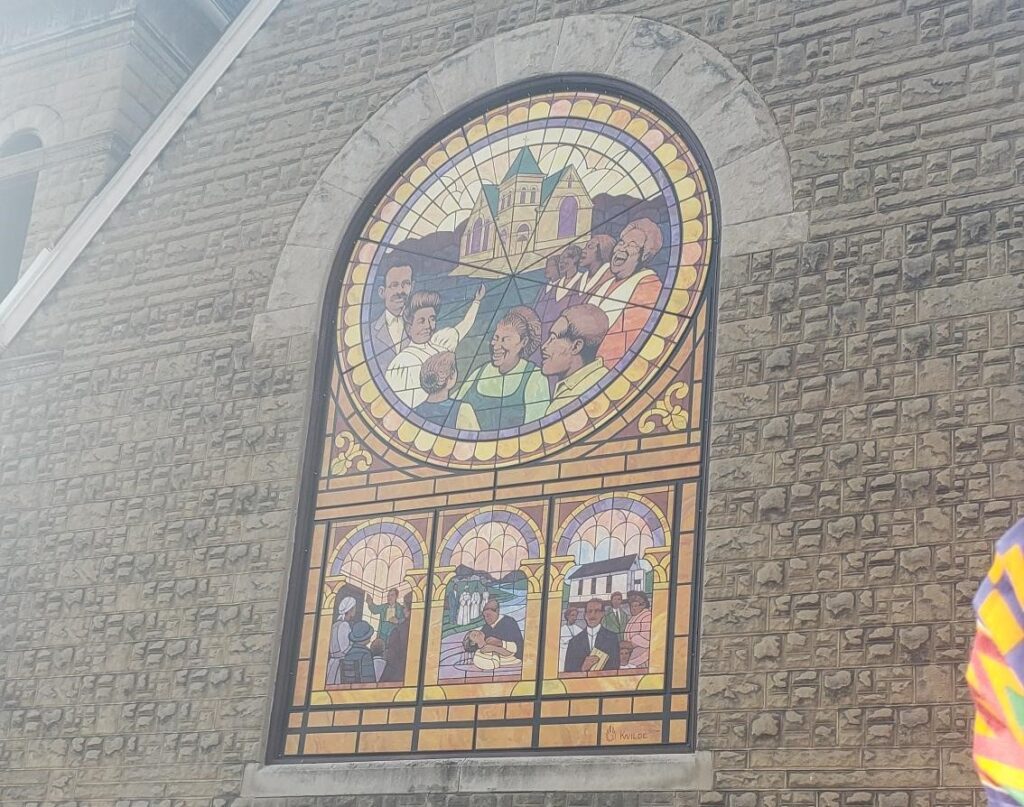
How has the medium affected how you tell the story of Mount Zion? What about a mural makes the act of telling of this history special, instead of developing a museum exhibit or writing a book?
I think the fact that it is outside and accessible to the public makes it unique. It’s situated on one of the three main streets in the city that span from east to west. With only two other streets covering this route, it receives maximum traffic. This was crucial for us because if it captures people’s attention, they may stop, read the captions, and learn about the historical events that took place here. That’s one of the ways of getting the history and stories out: by making them highly visible to the public’s eyes, putting it in their face.
What are some of your proudest moments with this project?
Having over 100 people show up for the unveiling despite the 93-degree weather was definitely an accomplishment. Our dignitaries were so willing. The president of Ohio University responded, “Yes, of course, I’d like to be there.” The governor’s staff from Appalachia said, “Yes, of course. I’d love to be there.” Even the mayor, who was traveling, assured me, “I’ll be back in time to be there.” The unveiling was one of Mount Zion’s proudest moments, made possible with extensive help from many community members, students on campus, the WOUB team, and library staff.
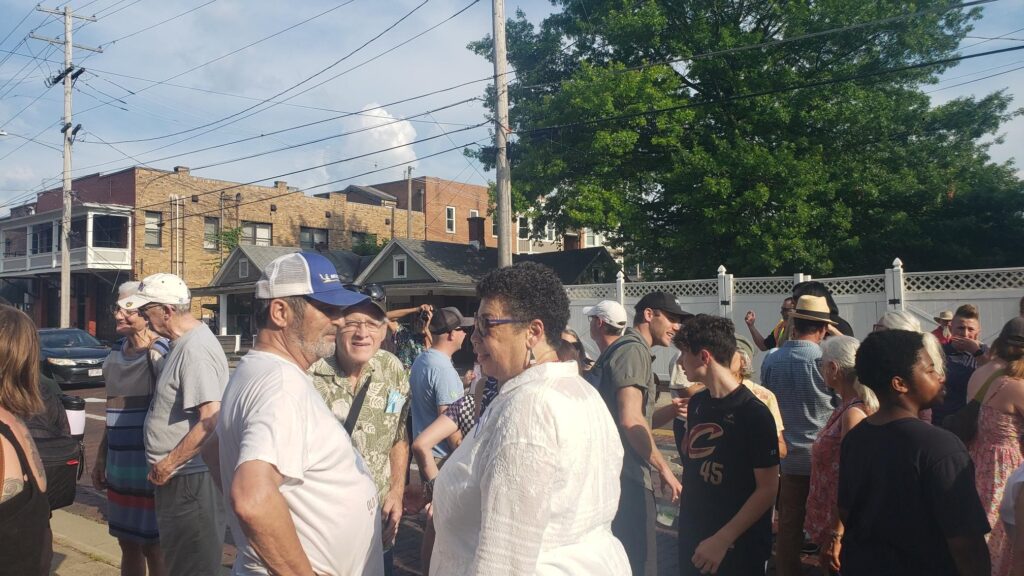
How did community partners and other communities in the area shape this project?
In Stewart, David Butcher is spearheading the establishment of the People of Color Museum. The Multicultural Genealogical Society is located in Chesterhill, alongside a segment of the Underground Railroad. Mount Zion is envisioned as a cultural hub for the region, filling a void in representation for Black culture. With this newfound awareness, there’s a belief that unity is on the horizon.
There is also a lack of communal space for the diverse BIPOC student body in Athens, many of whom are not engaged in the local bar scene. Instead, they seek a community space, which Mount Zion proposes to become. Some of the fine arts students express frustration that their plays don’t often get produced, and student artists lack venues to display their work. The creation of a central facility would address these issues, providing a space for their performances and exhibitions. That’s what we hope Mount Zion will offer these students.
What do the humanities mean to you? How have the humanities impacted your life?
History is so important to me, particularly as a Black American whose history is often neglected and insufficiently explored considering the fact that our contributions have been substantial. This aspect of the humanities is so important. It reminds me of the story I shared with you about the young man on the Heritage Square Tour who was unaware of the depth of Athens’ Black history. Learning about it filled him with pride in realizing that such significant events occurred where he was raised; yet, he had never been informed of them—not in the news, nor in films or any other medium. Black Americans lived here, they created these works, and that’s profoundly important. His history instilled in him a sense of pride that it all took place here.
For me, it resonates similarly. Sharing this history with others, particularly the youth, instills in them a sense of pride in their identity, their origins, and their upbringing.
This is especially important for those from Appalachia. Often, Appalachians are subjected to negative stereotypes, so recognizing that they have produced something magnificent, unique to the United States, is astounding. We have indeed created wonderful things.
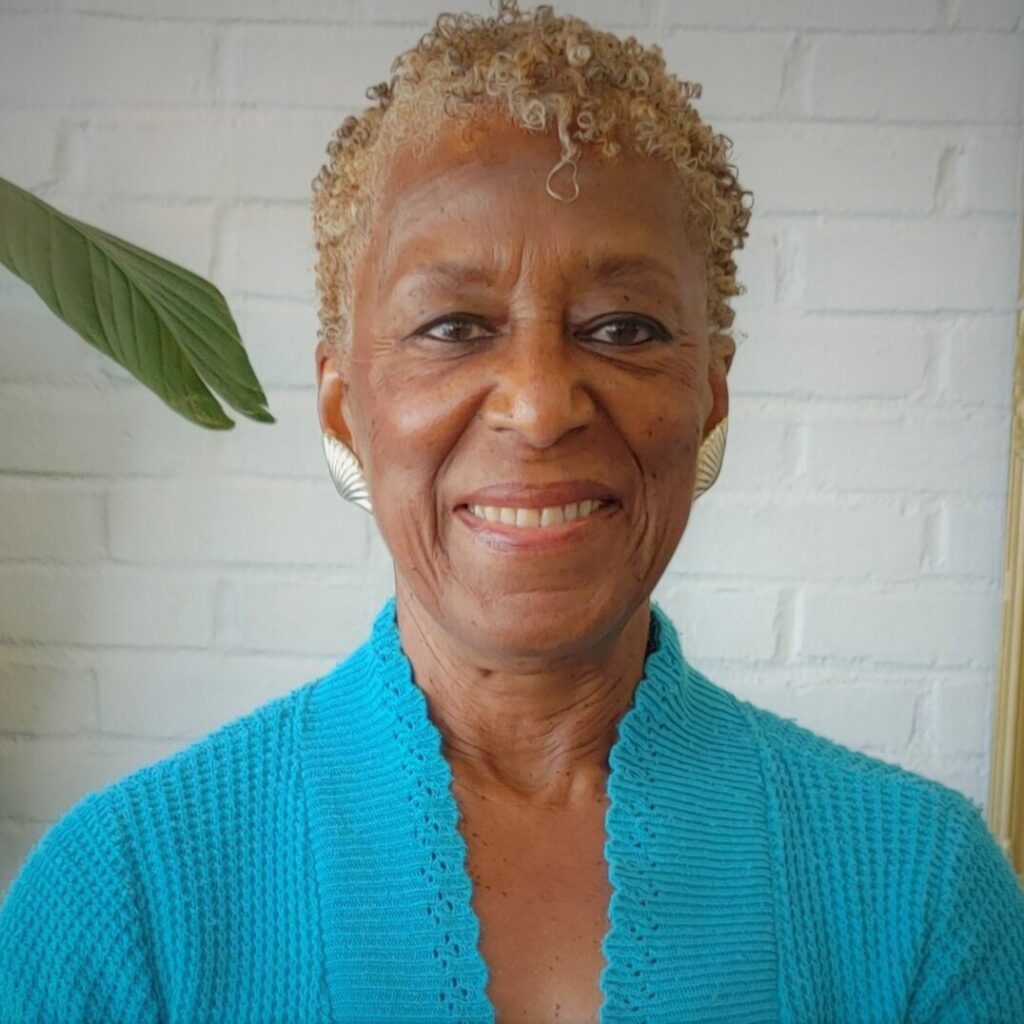
Dr. Trevellya Ford-Ahmed is the Communications and Media Director for the Mount Zion Black Cultural Center in Athens, Ohio, and professor emeritus in the department of Communication/Media Studies at West Virginia State University. The project director for the Ohio Humanities-supported “Saving Mount Zion’s History Through Public Art,” which received an Ignite Grant in 2024, she holds expertise in public relations.

Alex Corpuz is Ohio Humanities’ Community Outreach Assistant. A recent graduate of the German and Medieval and Renaissance Studies departments at the Ohio State University, Alex served as an Ohio History Service Corps AmeriCorps Member at Ohio Humanities before joining the staff full time upon completing their year of service.

